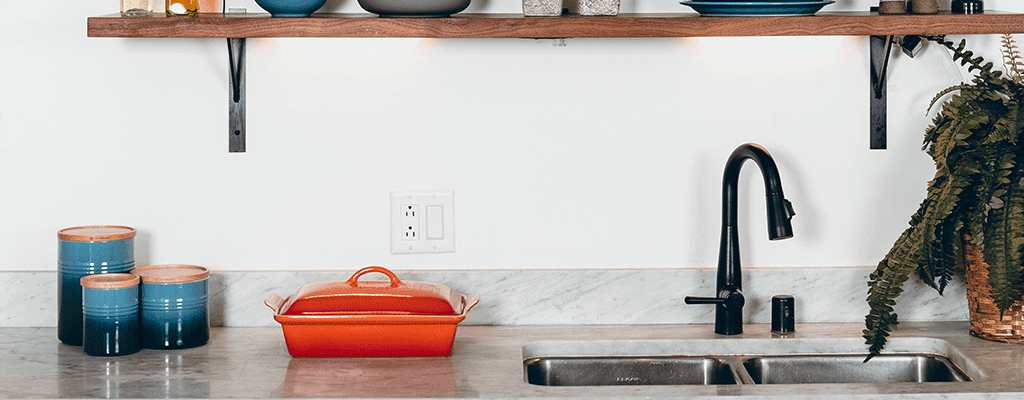
Freezing weather can do some severe damage to your home – especially your pipes. When pipes freeze, they can burst, and this can cause flooding in your home and water damage that will cost you a small fortune in repairs.
By taking preventative measures and learning how to prevent pipes from freezing before harsh Winter weather hits, you’ll greatly reduce the risk of frozen pipes and other damage to your home.
Six simple steps to prevent pipes from freezing:
Insulate
Both hot and cold water pipes need to be insulated in the crawlspace in the attic or under your home. Use quick and easy snap-on foam insulation from your local hardware and home store. If the foam doesn’t fit snuggly, use duct tape to ensure that the entire pipe and each joint is totally covered.
Drip
Allow your faucets to drip during freezing weather. Use both hot water and cold water in the kitchen, bath, and laundry areas. The constant motion of water moving through them will help prevent icing and freezing.
Cabinets
If your cabinets in the kitchen and bathroom are located on exterior walls, open them, especially under the sinks. This lets the pipes feel the heat from inside your home.
Sprinklers
Turn off your sprinkler system and disconnect and drain your garden hoses.
Exterior faucets
Close off any outdoor faucets and make sure they are drained. Protect the faucets by covering them with insulated foam covers.
Washing machine
If you don’t have a faucet in your laundry room to drip, start a cycle with warm water. Do this periodically and allow the cycle to run for a few minutes to keep water moving through the pipes.
These simple tasks take very little time to complete and will have the pipes that feed through your home safe during freezing weather. When you prevent your pipes from freezing, you save yourself from expensive repair costs and damage to your home.
